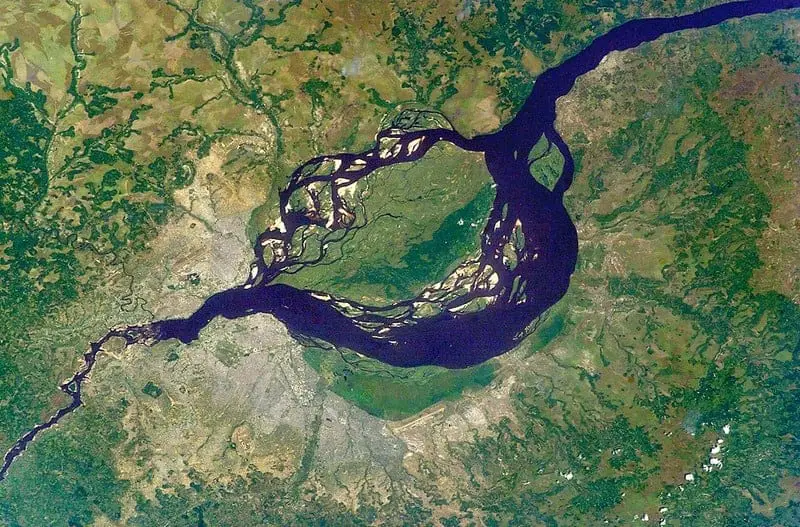If you love geography and nature, you might be interested in learning about the top 10 longest rivers in the world. Rivers are vital sources of water, transportation, energy, and biodiversity. They also shape the landscape and the culture of the regions they flow through. In this blog post, we will explore some facts and features of the 10 longest rivers on Earth, measured by their total length from source to mouth.
10. Amur River – 4,444 km
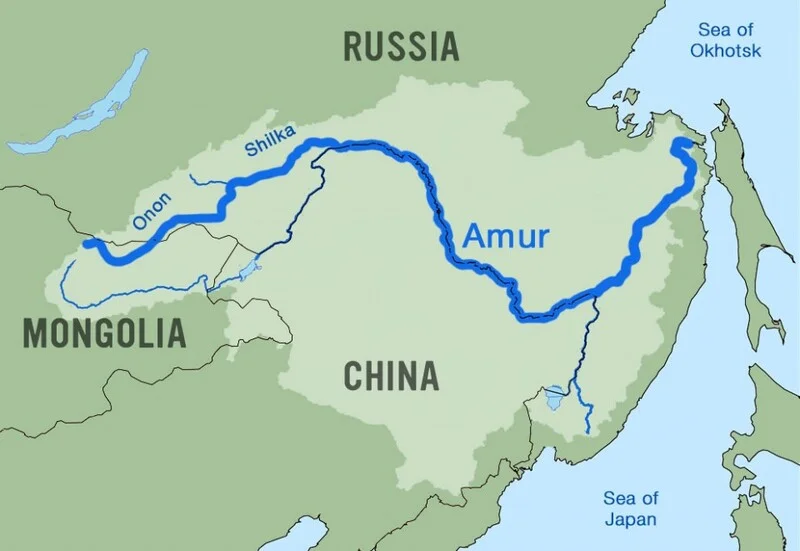
The Amur River is the longest river in Northeast Asia, forming part of the border between China and Russia. It originates from the confluence of two smaller rivers, the Shilka and the Argun, and flows eastward until it empties into the Sea of Okhotsk. The Amur River is home to many rare and endangered species, such as the Amur leopard, the Siberian tiger, and the Amur sturgeon.
9. Congo River – 4,700 km
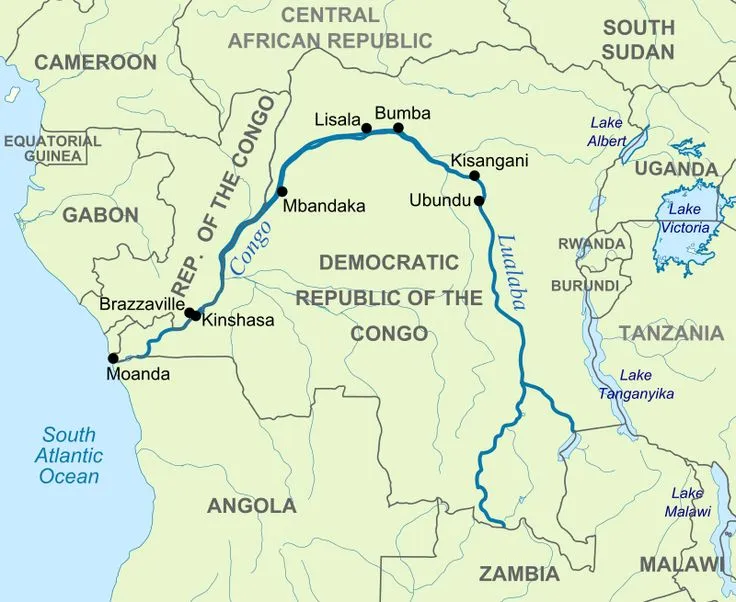
The Congo River is the second longest river in Africa, after the Nile, and the deepest river in the world, with a maximum depth of 220 meters. It flows through the heart of the Congo Basin, the second largest rainforest in the world after the Amazon. The Congo River has a huge hydroelectric potential, estimated at 13% of the global capacity. It also supports a rich diversity of life, including the bonobo, the okapi, and the Congo peacock.
8. Parana River – 4,880 km
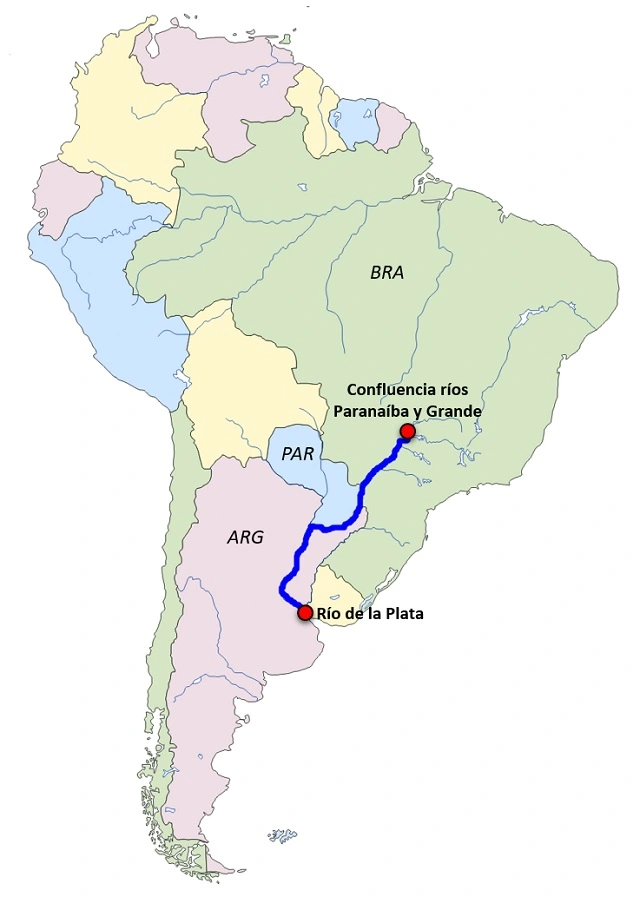
The Parana River is the longest river in South America after the Amazon, and the second longest river in the Southern Hemisphere. It originates from the confluence of two smaller rivers, the Paranaiba and the Grande, in Brazil, and flows southward through Paraguay and Argentina until it joins the Uruguay River to form the Rio de la Plata estuary. The Parana River is known for its spectacular waterfalls, such as the Iguazu Falls and the Itaipu Dam, which is one of the largest hydroelectric power plants in the world.
7. Ob River – 5,410 km
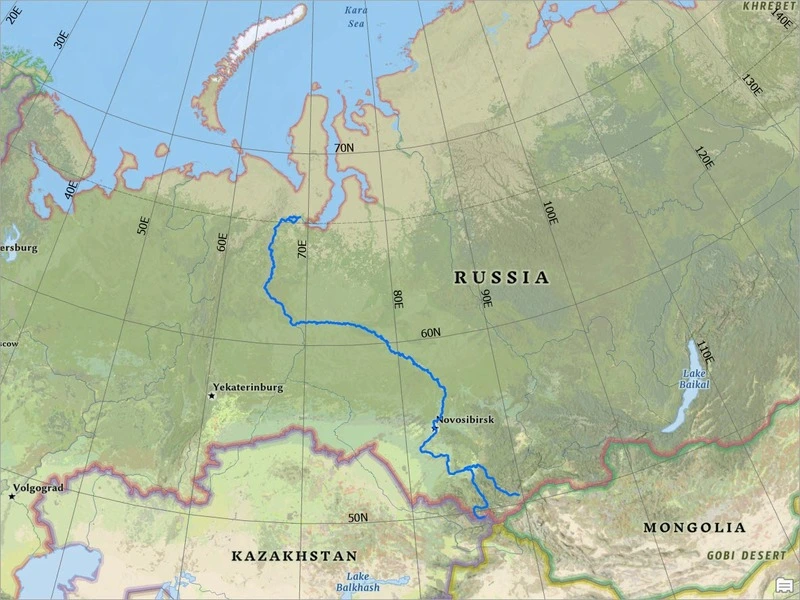
The Ob River is one of the three great Siberian rivers that flow into the Arctic Ocean, along with the Yenisei and the Lena. It originates from the Altai Mountains in Russia and flows northward through Siberia until it forms a large delta at its mouth. The Ob River is an important route for trade and transportation, especially during winter when it freezes over and becomes a natural ice road. The Ob River also has a significant impact on the climate and ecology of the Arctic region.
6. Yellow River – 5,464 km
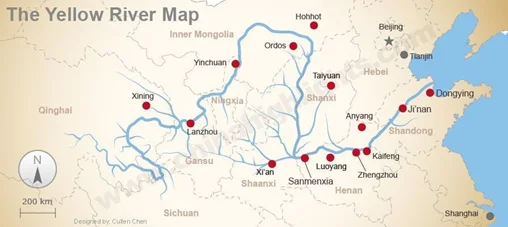
The Yellow River is the second longest river in China after the Yangtze, and the sixth longest river in the world. It is also known as Huang He, which means “the river of yellow” in Chinese, because of its yellowish color due to the large amount of sediment it carries. The Yellow River is considered to be the cradle of Chinese civilization, as it was along its banks that some of the earliest dynasties and cultures emerged. The Yellow River is also notorious for its frequent floods and changes of course, earning it another name: “China’s sorrow”.
5. Yenisei River – 5,539 km
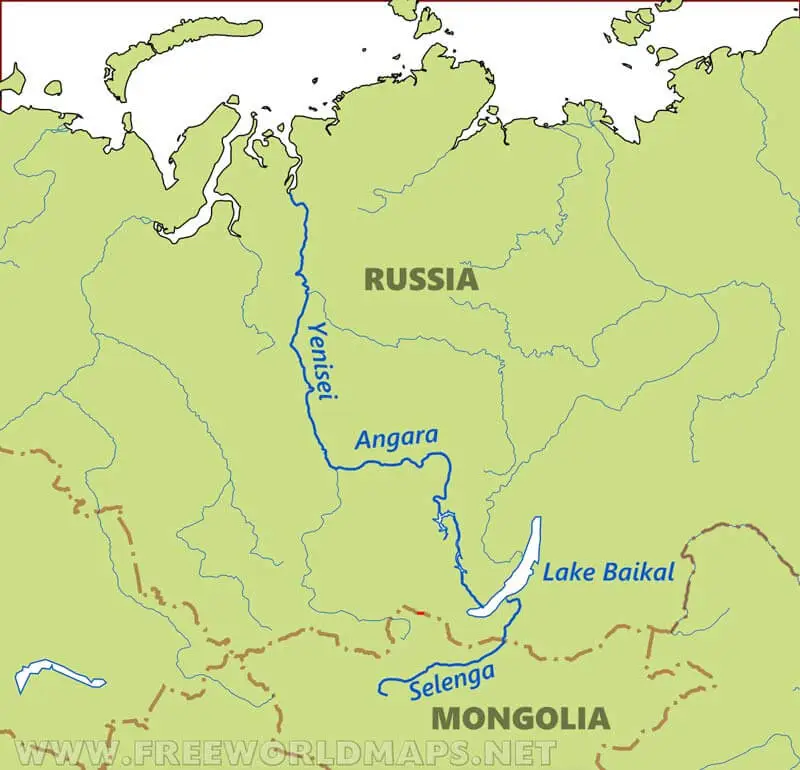
The Yenisei River is another one of the three great Siberian rivers that flow into the Arctic Ocean. It originates from Mongolia and flows northward through Russia until it reaches its mouth at the Kara Sea. The Yenisei River is one of the most pristine and untouched rivers in the world, with very little human impacton its environment. The Yenisei River is also a habitat for many rare and unique animals, such as the snow leopard, the Baikal seal, and the Siberian crane.
4. Mississippi River – 6,275 km
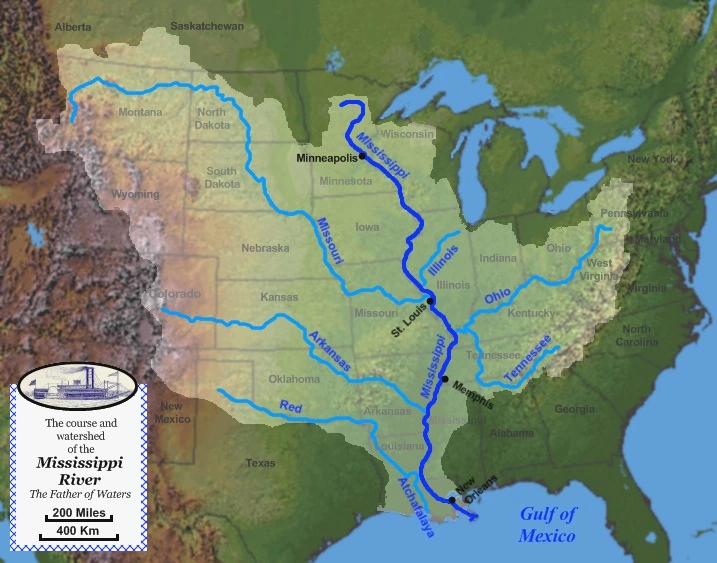
The Mississippi River is the longest river in North America, and the fourth longest river in the world. It originates from Lake Itasca in Minnesota and flows southward through 10 states until it empties into the Gulf of Mexico. The Mississippi River is a major economic and cultural artery for the United States, as it connects many cities and regions along its course. The Mississippi River is also famous for its role in American history, literature, and music, such as the Civil War, the Adventures of Tom Sawyer, and jazz.
3. Yangtze River – 6,300 km
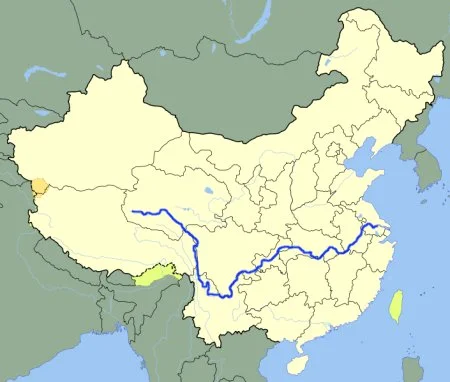
The Yangtze River is the longest river in Asia, and the third longest river in the world. It originates from the Tibetan Plateau and flows eastward through China until it reaches its mouth at the East China Sea. The Yangtze River is a lifeline for more than a third of China’s population, providing water, food, energy, and transportation. The Yangtze River is also a site of many natural and cultural wonders, such as the Three Gorges Dam, the largest hydroelectric power station in the world, the Giant Panda, and the Terracotta Army.
2. Amazon River – 6,400 km
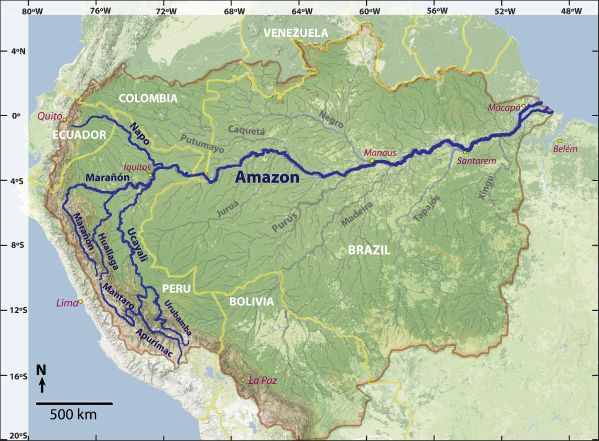
The Amazon River is the longest river in South America, and the second longest river in the world. It originates from the Andes Mountains in Peru and flows eastward through Brazil until it reaches its mouth at the Atlantic Ocean. The Amazon River is the largest river by volume in the world, carrying more water than the next seven largest rivers combined. The Amazon River is also the centerpiece of the Amazon rainforest, the largest and most biodiverse tropical forest in the world, housing more than 10% of the world’s species.
1. Nile River – 6,650 km

The Nile River is the longest river in Africa, and the longest river in the world. It originates from two sources: the White Nile from Lake Victoria in Uganda, and the Blue Nile from Lake Tana in Ethiopia. The two rivers meet in Sudan and flow northward through Egypt until they reach their mouth at the Mediterranean Sea. The Nile River is the lifeblood of Egypt and Sudan, supplying water, agriculture, and civilization for millennia. The Nile River is also a symbol of ancient and modern culture, featuring landmarks such as the pyramids, the Sphinx, and the Aswan High Dam.
